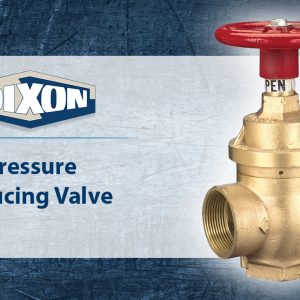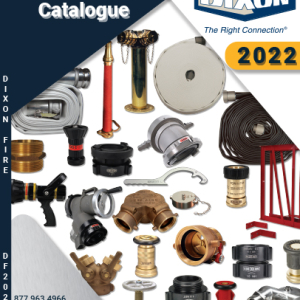Product Information
Used in applications where the inlet pressure is greater than 175 PSI
Log in to view pricing, inventory, place orders & much more. If you want to create an account, please click the button to begin the registration process.
| Weight |
35.66 lb
|
|---|---|
| Break Quantity |
1
|
| Optional Package/Box Quantity |
1
|
| Material |
Cast Brass
|
| Inlet |
2-1/2" grooved
|
| Outlet |
2-1/2" male NST
|
Used in applications where the inlet pressure is greater than 175 PSI
Tamper switch available, contact Dixon for details.
UL Listed


